Bouts of Mania
Bouts of Mania
Ali, Frazier, and Foreman
and an America on the Ropes
Richard Hoffer

Da Capo Press
A Member of the Perseus Books Group
Copyright 2014 by Richard Hoffer
All rights reserved. No part of this publication may be reproduced, stored in a retrieval system, or transmitted, in any form or by any means, electronic, mechanical, photocopying, recording, or otherwise, without the prior written permission of the publisher. Printed in the United States of America. For information, address Da Capo Press, 44 Farnsworth Street, Third Floor, Boston, MA 02210.
Designed by Jack Lenzo
Set in 12.5 point Perpetua by the Perseus Books Group
Cataloging-in-Publication data for this book is available from the Library of Congress.
ISBN: 978-0-306-82223-0 (e-book)
Published by Da Capo Press
A Member of the Perseus Books Group
www.dacapopress.com
Da Capo Press books are available at special discounts for bulk purchases in the U.S. by corporations, institutions, and other organizations. For more information, please contact the Special Markets Department at the Perseus Books Group, 2300 Chestnut Street, Suite 200, Philadelphia, PA 19103, or call (800) 810-4145, ext. 5000, or e-mail .
10 9 8 7 6 5 4 3 2 1
 Contents
Contents
1970
Rat Bins, Unwashed Punks, and White Owl Cigars
Philco Dreams, Philadelphias Finest, and a Flat-Footed Bull
Horoscopes, the Fifth Ward, and a Little Mean Guy
1971
Velvet Hot Pants, Tough Going in Laos, and Closed-Circuit Doppelgngers
Little Sissies, Soul Power, and Judy Garlands Shoes
Red Tassels, Celebrity Scribes, and Duke Ellington
1972
Techniques of Ballyhoo, the Pittsburgh Symphony, and Tall Timber
Nietzsche, a Black Hospital, and a Piranha Pond
1973
A Tunnel of Love, a Red Rubber Mouse, and a Veteran Russian
A Short Trip, a Whodoyoucallum, and Old Heroes
A Rope Bed, UFOs, and The Dating Game
1974
Two Pasty Men, a Bad and Ugly Scene, and Ice Cream on a Stick
Marlene Dietrich, a Robot, and an International Smash and Grab
A Leopard-Skin Hat, a Monster, and Mr. Tooth Decay
Nuclearology, a Picnic Basket, and Judge Craven
Chicken Claws, Mozambique, and a Convertible Cadillac
1975
Coke-Bottle Glasses, a Florida Dog Track, and a Mummy
Economic Technicians, the Other Wife, and the Wildlife Fund
Subdural Blossoms, Coolers of San Miguel, and Gin
Nursery Rhymes, Pretty Shoes, and a Horrible Souffl
1996
A Steamboat, Leprosy, and a Caesars Palace Parking Lot
2011
A Second Banana, Betsy Ross, and a Dodge Drafter
2013
A Smell of Sorrow, Ham Hocks, and the Gourmet Products Show
 Prologue
Prologue
T he three men marched, year by year and fight by fight, across a nations time line of deepening shame. It so happened they began their riotous roundelay in the spring of 1971, about when the Pentagon Papers were published, outlining the gross deceptions that kept the United States in the Vietnam War (the death toll reaching forty-five thousand that year), about when Lieutenant Calley was convicted in the murder of civilians there, needless slaughter now the reasonable residue of Americans good intentions. And it so happened they completed their furious tournamentbouts of hysteria indeedin the fall of 1975, about when the United States left Saigon, the surrender not nearly as sickening as the terrible waste, helicopters pushed off aircraft carriers to make room for refugees the least of it, that the pullout acknowledged.
Bookended by dishonor and dysfunction, these three men and their five fights provided an alternate and highly necessary reexamination of certain American qualities, whether they be courage, stamina, or just a wholesome capacity for mischief. A country lurched from one catastrophe to the next, no end in sight, and these characters, in their stubborn insistence upon personal glory, made a case for an upside, an argument for ancient values of righteousness, a reminder of achievements availability, a claim to this countrys undeniable right to fun.
Their arrival together would have been outrageous under any conditions, during any time. For that matter, any one of them might have carried the dayMuhammad Ali, fresh off a political exile, his hands still as quick as his mouth; Joe Frazier, the sharecroppers son, the heavyweight champion in Alis absence, a virtual threshing machine; George Foreman, the huge and thunderous puncher who was promising to make both his elders, and maybe even the sport, obsolete. Each an Olympic gold medal winner, each undefeated, each in his time heavyweight champion of the world. Pick one and he might have dominated boxing, during a period when the game still mattered, galvanized this country for years with his oversized exploits. He might, in other words, have dominated the sports and celebrity culture that was then taking full bloom, all on his own.
But put them together? Three powerful and contrasting personalities (not to mention boxers), each a proxy for competing belief systems, each a highly visible (if not always willing) symbol for divided constituencies, each a complete variation of our most potent iconand set them in pursuit of a single prize? The urgency, the sheer desperation of these men, produced a screeching period of tumult never before seen, never seen again. The nearly four years they spent in their fabulous entanglementand even the year that preceded itwere as much commotion and excitement as this country, any one country, could bear.
And set loose upon the world? As America contracted, these three exploded the borders, crashing into each other around the globe. New York, yes, but also Zaire and Manila and Jamaica. Homicidal dictators were now players, joining an already colorful cast of characters. It was more pageantry than it was boxing, more theater than sports, almost more, really, than we could handle. Thrillas, Rumbles, Fights of the Centuryall set pieces in our sports culture, all of them. Some still resonate in ways that go beyond any appreciation for the sport of boxing, that go right to our understanding of manhood. Each of these fights came to stand for some kind of effort, perseverance, defiance, amazement, or maybe foolishness, none of which could be confined to a single country.
It was an accident of history, these three men converging in a single place during a particular time, their fights giving us an irreproducible pandemonium, just when we needed it most. Their clashes over the heavyweight belt, an irrelevant trinket almost any other time, had an unlikely significance in these otherwise dispiriting years. This country could get nothing right; it was emerging from the convulsive 1960s, racial and generational aftershocks still booming across the nation. Just the year before, in 1970, after National Guardsmen had opened fire on a college campus and, for no real good reason, killed four students, only 11 percent of the country disapproved of their actions. The easy answers of sweeping legislation and reform, the promise of the 1960s, eluded the nation, and it remained so divided that it did not care to stand up even for its children.
And so as the country careened from one depressing disaster to the nexta president hounded out of office, a military occupation ending in humiliation, the richest people in the world rationing gasolineAli, Frazier, and Foreman gave a glimpse of better times to come. Their headlong struggles, life-and-death fights, engaged a troubled nation in ways that could never happen again. At once boxing and burlesque, at once comic and tragic, at once sport and national imperative, their fights offered a strange reassurance that ambition remained possible, that it was not so ridiculousalthough not so easy, eitherto fight for something better.



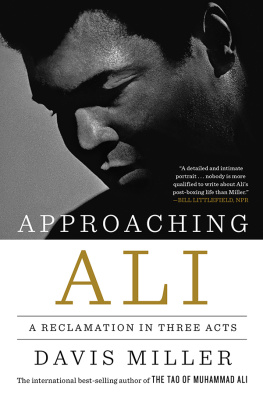
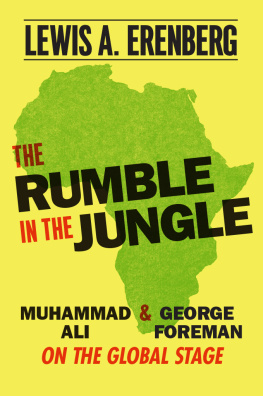

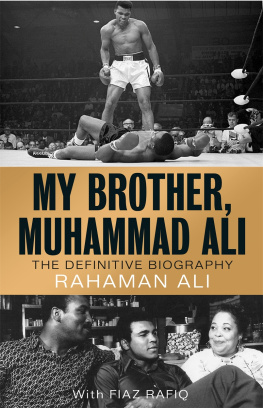
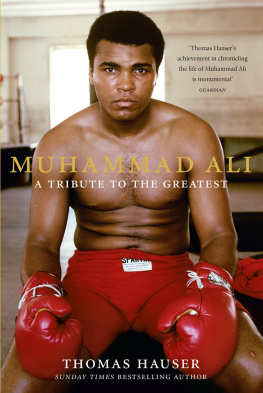

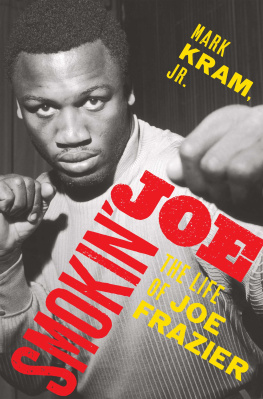
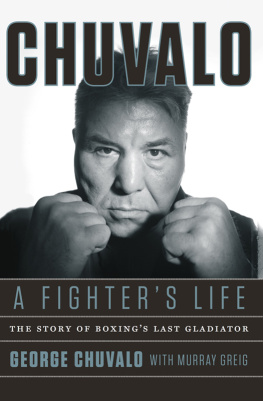
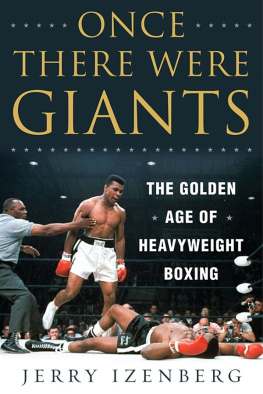
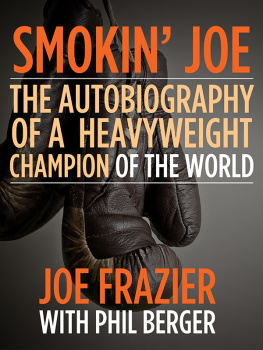
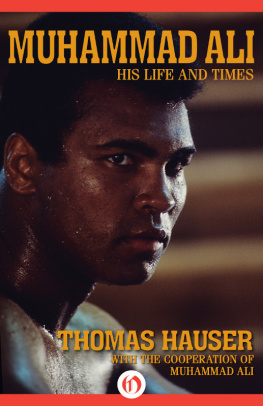
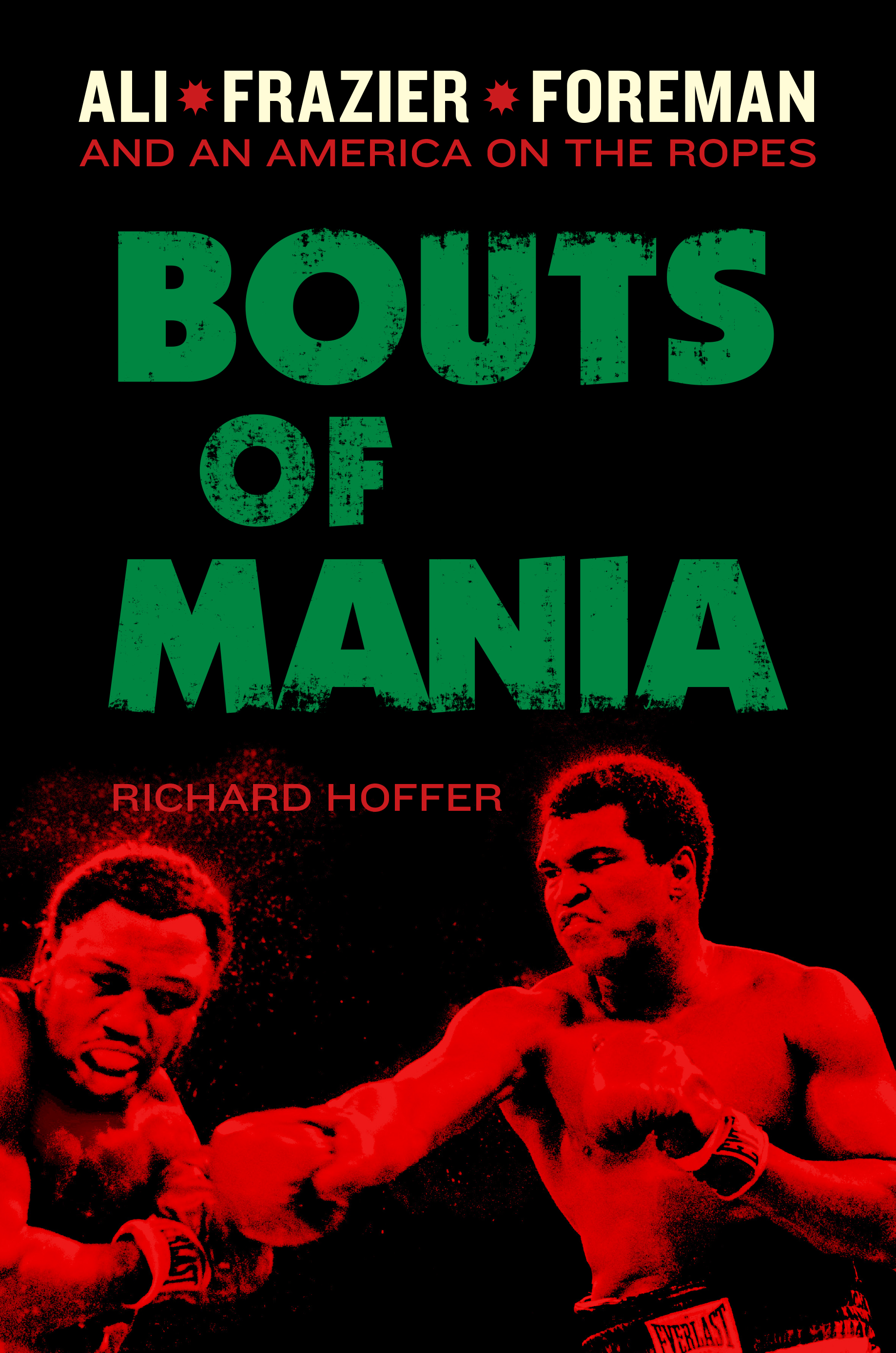

 Contents
Contents Prologue
Prologue